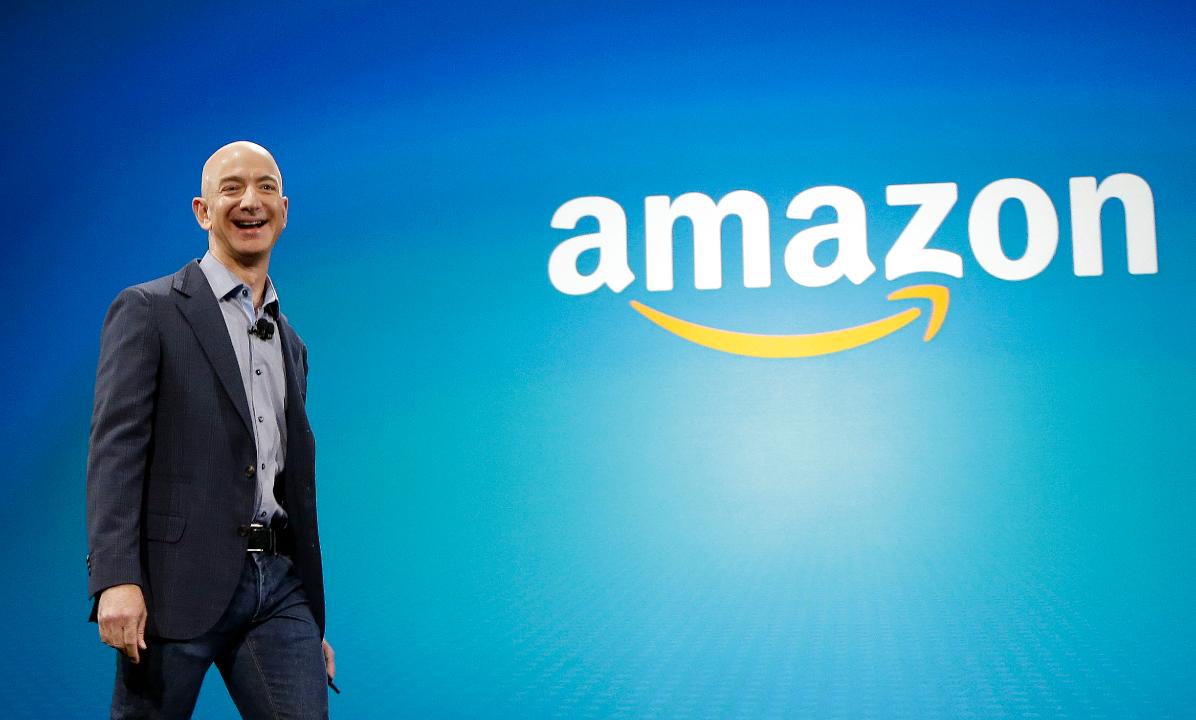Will Amazon’s $15 minimum wage cost US jobs?
E-commerce giant Amazon’s decision to raise its minimum wage to $15 per hour is expected to pressure others businesses to do the same, which could be bad news for workers, some experts predict.
The move toward a $15 nationwide minimum wage gained momentum last campaign cycle, and some states have already put plans in place to raise the statewide minimum wage to that level within the coming years.
But while workers may be cheering the rising wages, not all experts believe a $15 minimum wage will benefit the labor force.
California, for example, reached a deal on legislation to raise the state minimum wage across all businesses to $15 per hour by 2023, a move that could cost the state hundreds of thousands of jobs, according to a report.
A study conducted by the Employment Policies Institute (EPI), which analyzed employment trends from 1990 through 2017, found that each 10 percent increase in the minimum wage in the Golden State has resulted in a corresponding 2 percent decline in employment for affected employees. The impact was larger, 5 percent, for lower-paid workers. By those estimates, the EPI projects that the pending $15 minimum wage hike would cost California 400,000 private-sector jobs, with heavy losses in both the food service and retail sectors.
While the EPI acknowledges that real firms could “respond to higher minimum wages in ways that cause divergent effects,” it says “what is not in dispute” is that “rising minimum wage has depressed employment opportunities in the most heavily impacted industries.”
On Jan. 1, California’s minimum wage increased to $11 for businesses with 26 employees or more. It will continue to rise by $1 per year through 2022. Businesses with 25 employees or less will reach the $15 per hour threshold by 2023.
While the prospects of increased automation and higher costs are often cited as employment killers, other studies that suggest higher wages will have the exact opposite result.
The Institute for Research on Labor & Employment (IRLE) at the University of California, Berkeley, found that a higher minimum wage would actually add a small number of jobs to the state economy by 2023. Without the increase, IRLE forecasts employment would grow 1.4 percent annually. The minimum wage increase would raise employment by 0.1 percent, equal to about 13,000 jobs, by 2023, according to the group’s study.
The IRLE suggested that while raising the minimum wage can have negative consequences, it also carries benefits.
“A higher minimum wage induces some automation, as well as increased worker productivity and slightly higher prices; these are the negative effects. A minimum wage increase simultaneously reduces employee turnover, which reduces employers’ costs, and it increases worker purchasing power, which stimulates consumer demand. These are the positive effects. As it turns out, these negative and positive effects on employment largely offset each other,” the group said.
Amazon’s new hourly minimum pay rate is set to go into effect on Nov. 1, and will apply to 350,000 full-time, part-time and temporary workers.
Experts have projected retail rivals, like Target and Walmart, which currently pay minimum wage rates of $11, to increase wages faster than planned.
This story has been updated.




















